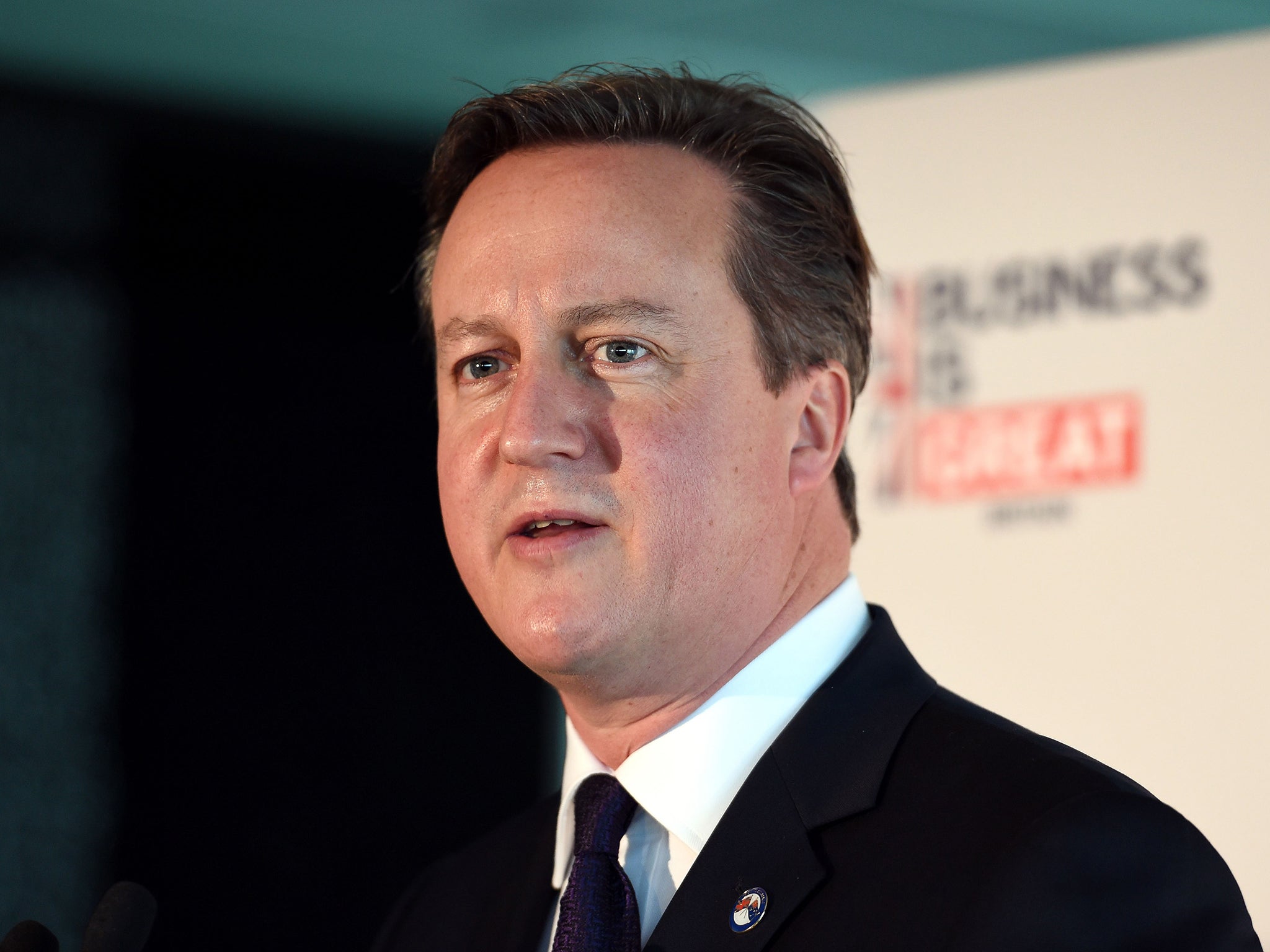The headline figures from the second estimate of GDP growth from the Office for National Statistics (ONS) in the third quarter of 2014 were pretty unremarkable.
Growth in the three months to September was confirmed at 0.7%.
That means the economy has been growing at a reasonable pace for seven consecutive quarters:
So happy days?
Not quite. There were some signs of fragility behind the headline numbers which suggest David Cameron and other ministers are sensible to strike a cautious tone about our short-term economic prospects.
The ONS reported that business investment dipped in the quarter:
This breaks a solid run of four quarters of growth. And, of course, that means business investment is estimated to have dragged down growth in the third quarter.
Net trade, reflecting the eurozone slowdown, hampered our expansion too:
Indeed all the growth was due to government spending and household consumption.
The recovery is suddenly looking considerably less balanced.
But the trend isn't actually that helpful either. There's not been a quarter of the recovery where business investment has made a bigger contribution to GDP growth than household consumption:
This echoes a worrisome message from the breakdown of GDP growth by production sectors.
There were reasonably robust recoveries in manufacturing and construction earlier in the year. But now growth rates in those sectors (where output is still below 2008 levels), have now fallen back to the rate of growth of the services sector:
Again: not good for rebalancing.
Yesterday's figures also confirmed that employees are under the cosh, despite the recovery.
Michael Saunders of Citi calculates that the compensation share of GDP is at its lowest since 1998:
Broken down by incomes, GDP is split between company profits and wages. So the counterpart of a falling wage share has to be rising corporate surpluses.
As this show, corporate profit growth has been outstripping wage growth for the past year:
One would have hoped for stronger investment figures on the back of that boost to corporate income.
None of this proves that the UK recovery is unsustainable, or necessarily heading for a rude awakening. The investment growth figures could be revised, making the recovery look more balanced. And some of the economic activity that has been ascribed by the ONS to inventory building by firms could ultimately be attributed to exports.
Yet there is nonetheless enough in this latest breakdown for policymakers - both in the Treasury and the Bank of England - to be cautious.

Join our commenting forum
Join thought-provoking conversations, follow other Independent readers and see their replies
Comments